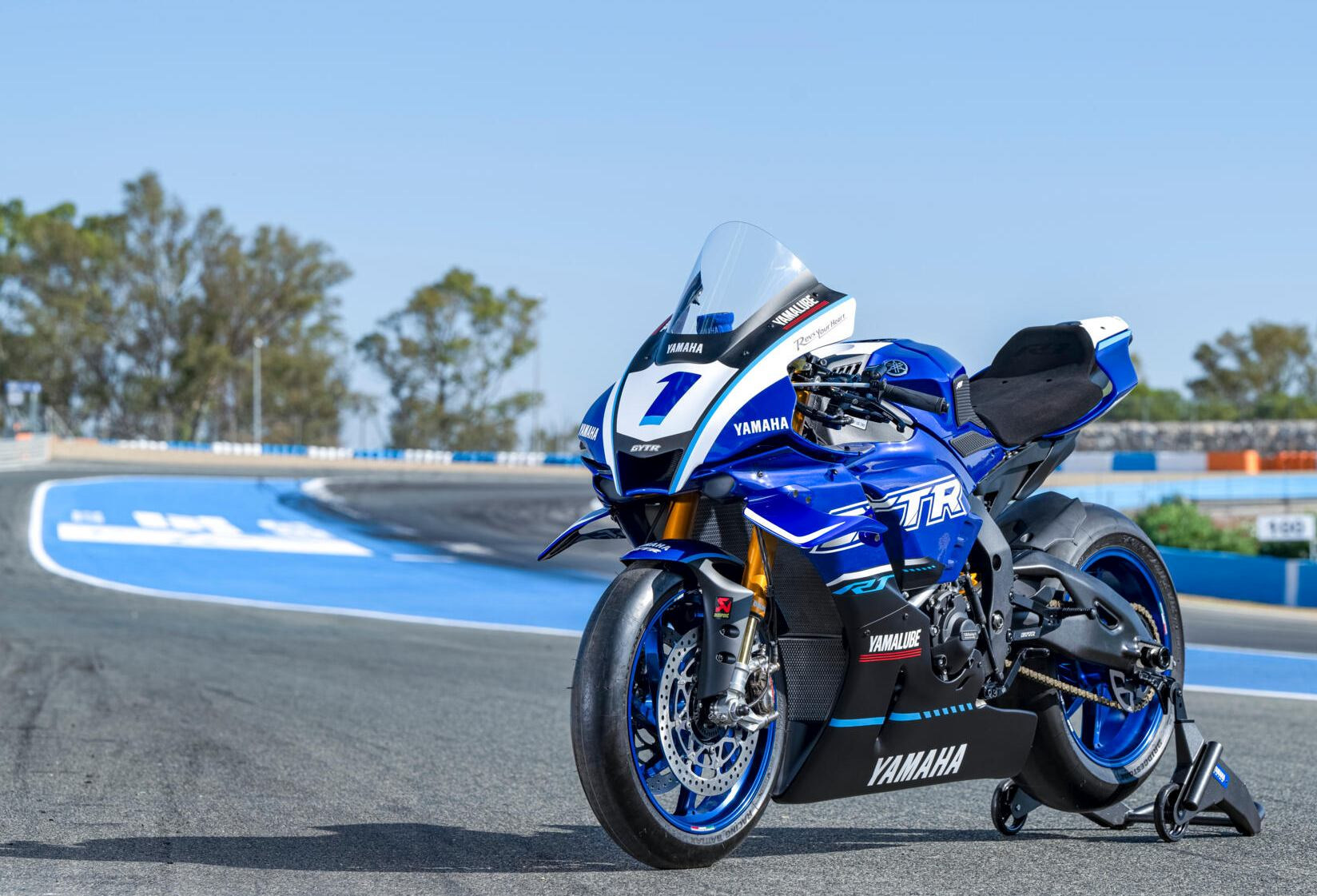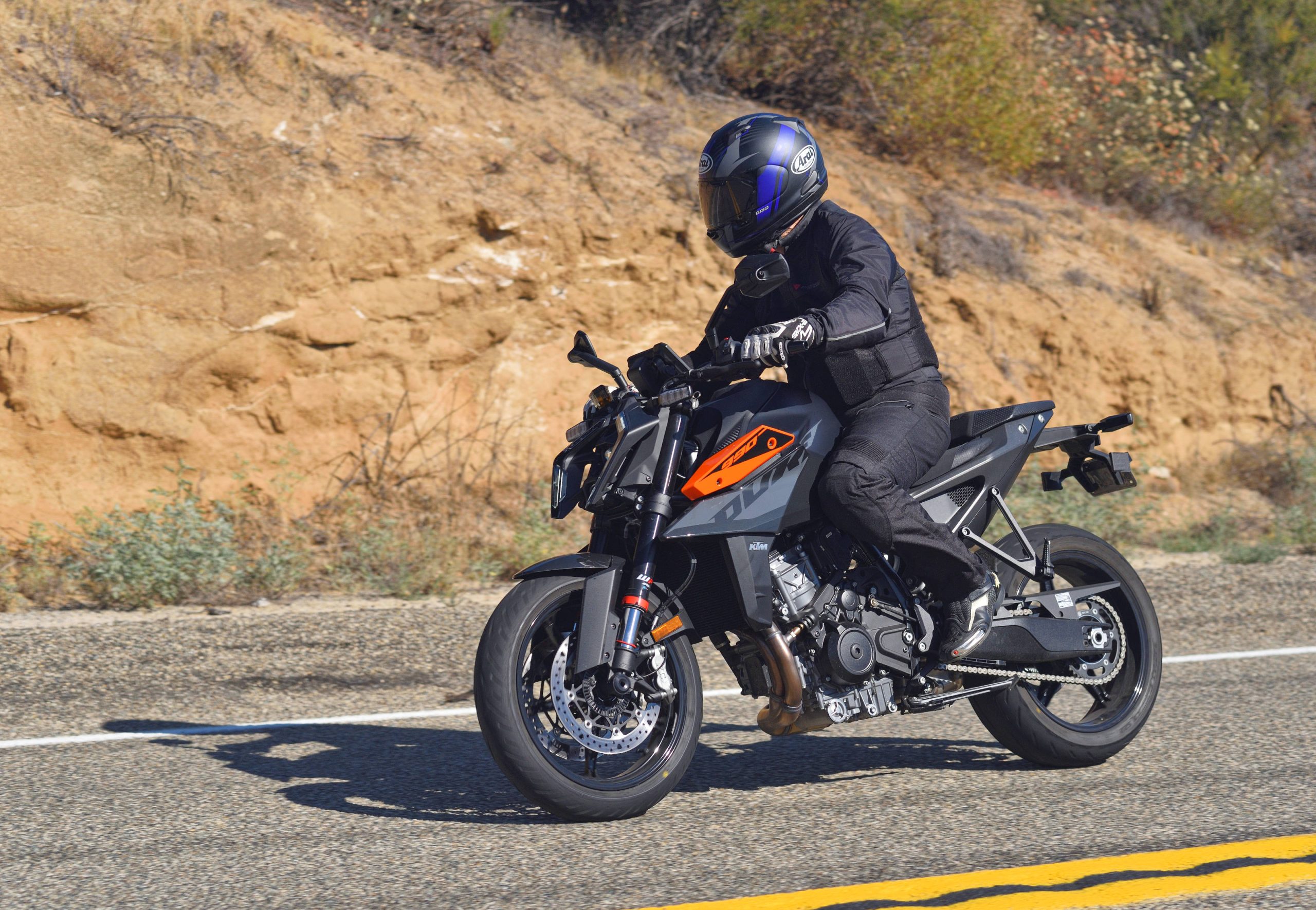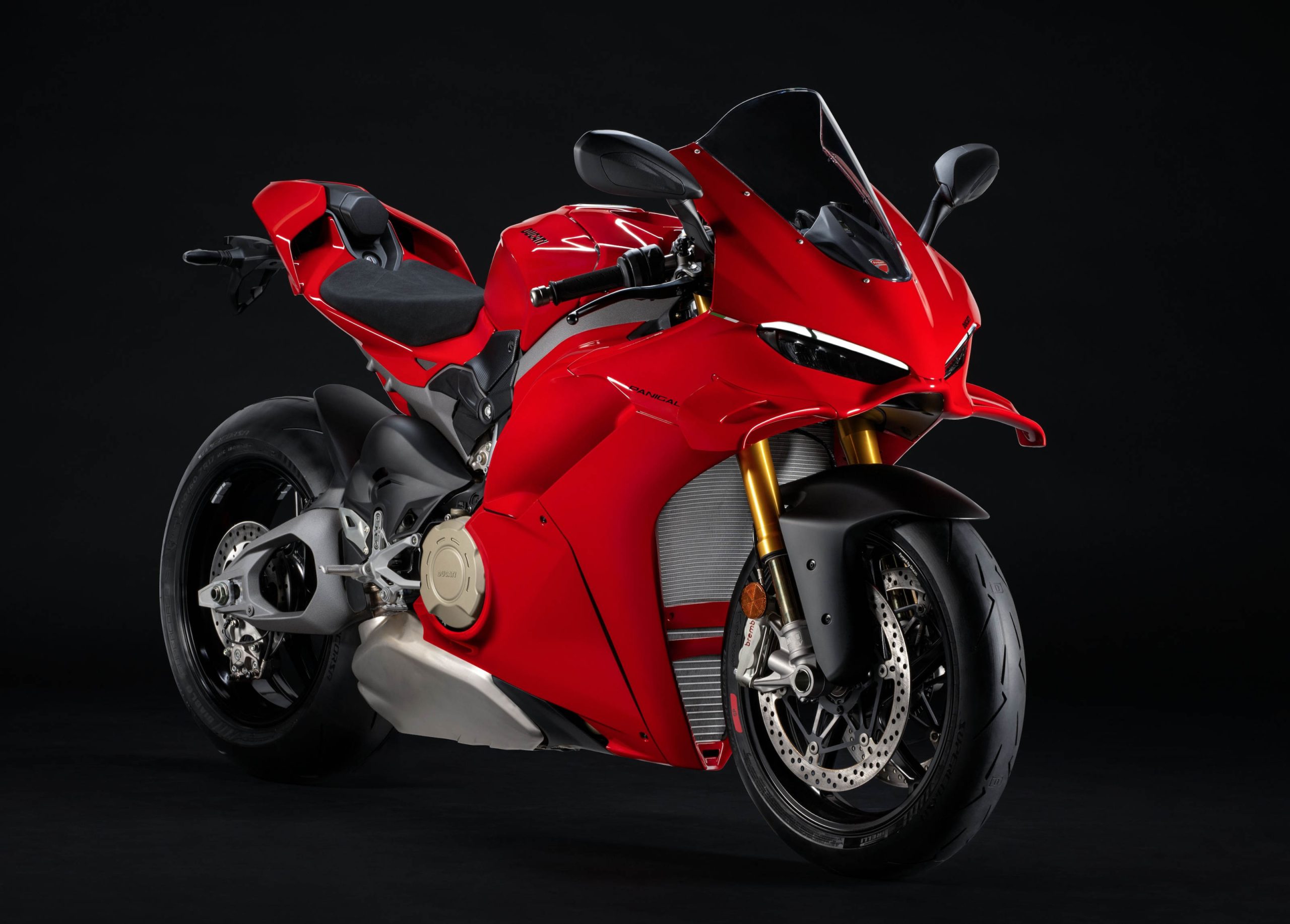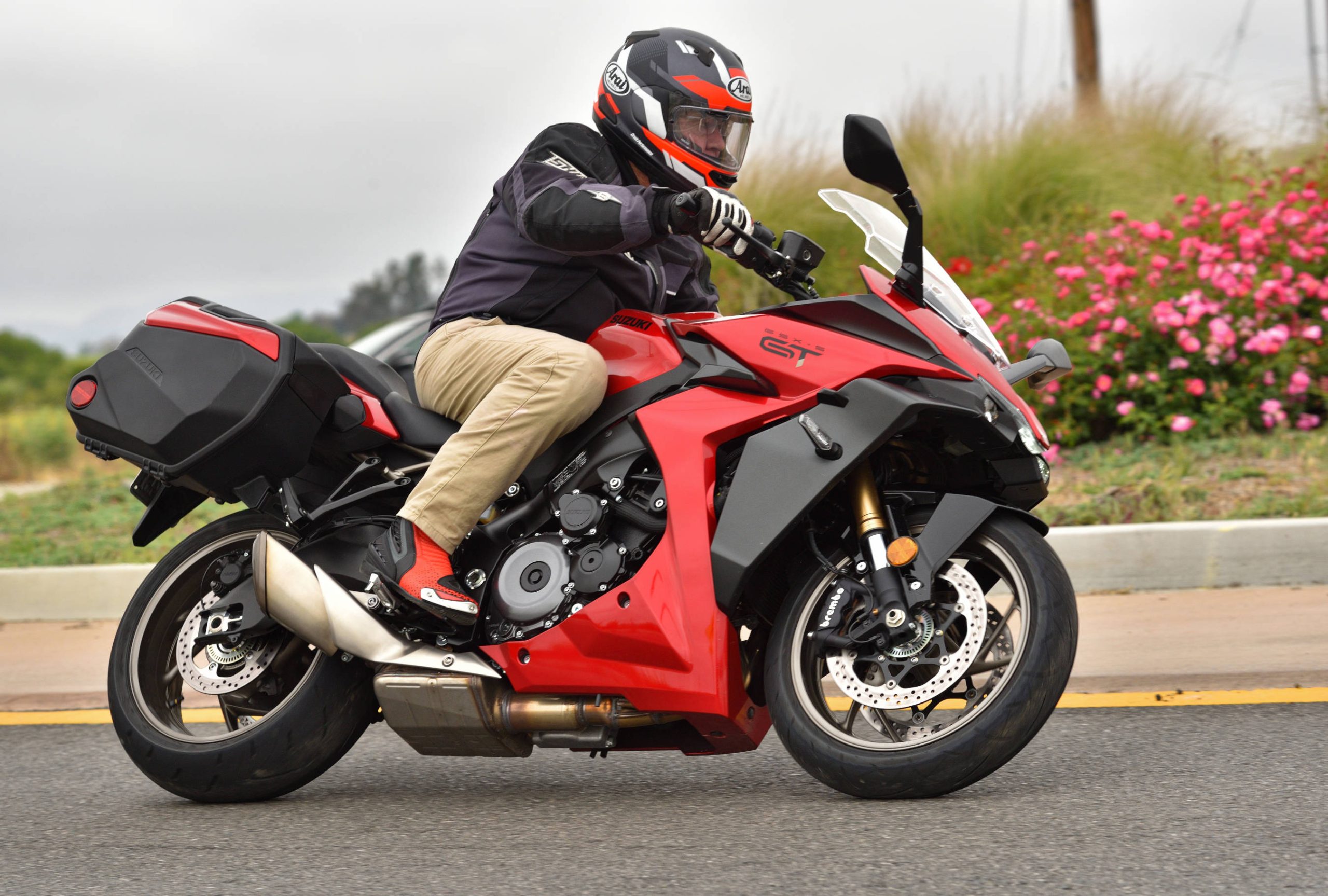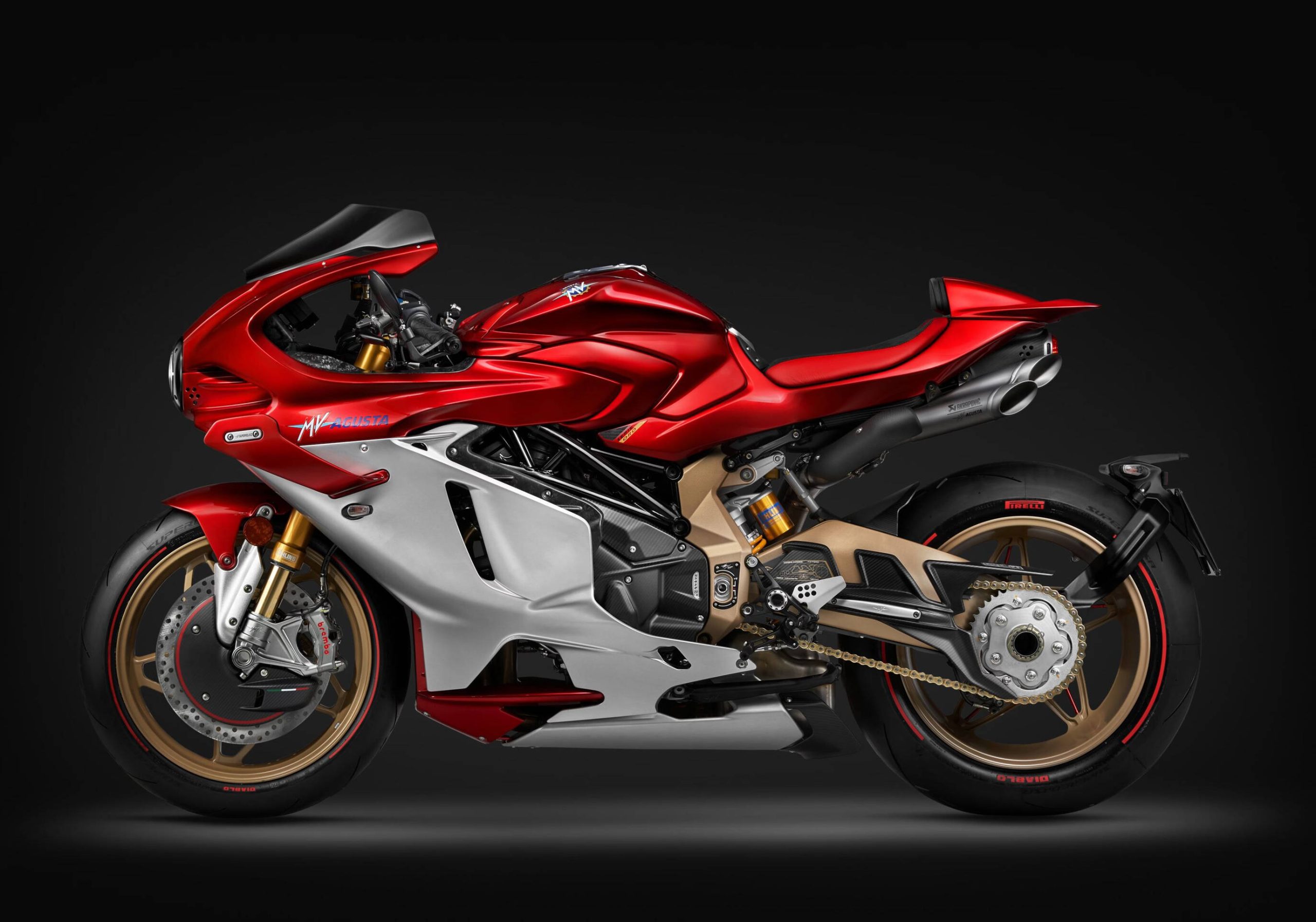 |
2000 Honda CR125 |
I have often wondered about the differences in design between a grand prix road racing motor and a typical motocross motor. Both are two strokes, and both are designed for racing (they don’t have to meet emissions laws). Why, for example, would a power-valve design in a GP bike result in more horsepower or a better power-band than a dirt bike power-valve design?
Let me give you a specific example. By all accounts, Honda’s NSR 500 GP bike (the one ridden by Mick Doohan, Alex Criville, etc.) makes 190 horsepower. An NSR 500 consists of four 125cc cylinders in a “V” formation somewhat like the design of Honda’s VFR street bikes and RC-45 racer (although they are four-strokes, obviously, and there are other differences – I am just talking about the basic layout of the engine). If you divide 190 by four, you come up with approximately 47 horsepower per 125cc cylinder.
The fastest 125cc motocross bikes produce approximately 37 horsepower. A stock 125cc motocrosser makes about 30. Huge dollars are thrown at making motocross bikes as fast as possible (the 37 horsepower figure represents an estimated output for a full factory motocross 125cc machine – backed by all of the R&D efforts of Honda, Kawasaki, etc. on their factory teams).
Why would Honda be able to get an extra 10 horsepower from a 125cc cylinder on an NSR road racing machine versus its 125cc, single cylinder motocross bike? Some of the difference may come down to efficiencies in a four-cylinder design versus a single cylinder. As a percentage, perhaps less horsepower is lost through friction and inertia in a larger, four-cylinder, single crank motor than in a smaller, single cylinder bike. Another factor leading to a discrepancy in peak horsepower could be the width of the power-band. If a GP road racer can live with an extremely narrow power-band, the motor can probably achieve slightly higher peak horsepower.
GP road racers need manageable power-bands just like motocrossers do, however. When driving out of corners, an NSR 500 needs to “hook up” and get the power to the ground, not spin the wheel violently. This means a smooth power-band, rather than a peaky, hard-hitting machine.
This article was prompted by the news that the 2000 Honda CR 125 motocross bike derives its power-valve design from Honda’s NSR road racers. Rumor has it that Honda pulled out all the stops to make the 2000 CR 125 motor rip – it got tired of journalists calling the ’98 and ’99 CR 125 slow.
Honda even switched the CR 125 to a Mikuni carburetor, after countless years of utilizing a Keihin carburetor in its motocrosser.
The 2000 CR 125 is a totally new bike, and it will be one of the more interesting motocrossers to throw a leg over this year. MD will keep you posted.

